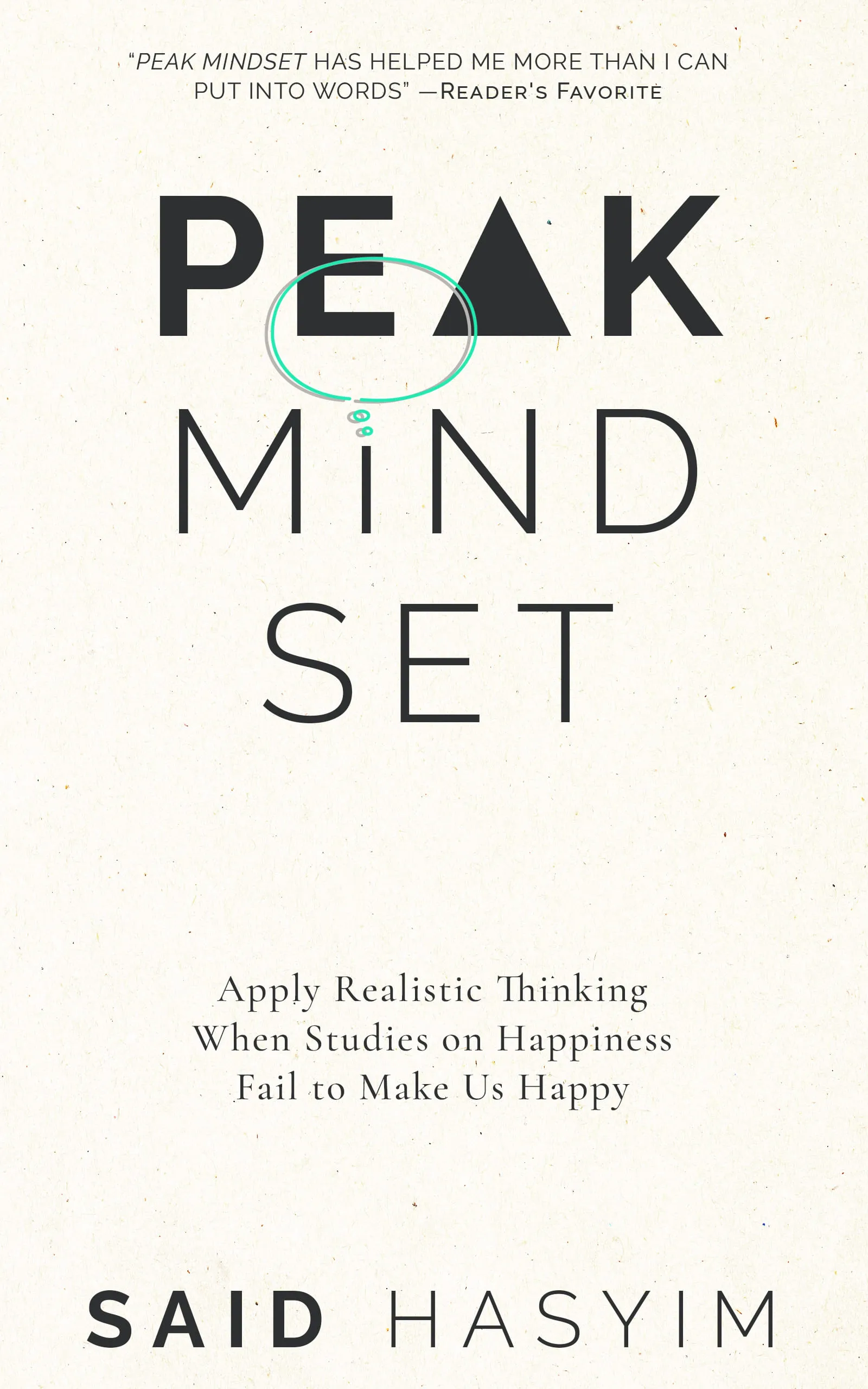Realistic Thinking: Your Roadmap to Authentic Living
In a world that often feels overwhelming, the journey toward authentic living can sometimes seem elusive. The noise of societal expectations, social media influences, and personal pressures can overshadow our true selves. Yet, amidst this chaos, one powerful tool can guide us back to authenticity—realistic thinking. In this post, we’ll explore what realistic thinking is, its benefits, and practical steps to incorporate it into your life.
What is Realistic Thinking?
Realistic thinking involves assessing situations and ourselves objectively, acknowledging both strengths and weaknesses, and making decisions based on facts rather than emotions or idealized perceptions. This mindset allows us to see the world as it truly is—complex, nuanced, and often imperfect.
The Essence of Authentic Living
Authenticity is about being true to your values, principles, and self. It means aligning your actions with who you are and expressing that person openly to the world. Realistic thinking supports this journey by encouraging us to confront our beliefs and choices critically. It allows us to discard the illusions of perfection and embrace our genuine selves.
The Benefits of Realistic Thinking
Greater Clarity: Realistic thinking helps us clarify our thoughts and feelings. By analyzing situations objectively, we can discern what truly matters to us.
Improved Decision Making: When we ground our decisions in reality rather than fantasies or societal pressures, we make choices that are better aligned with our authentic selves.
Enhanced Resilience: A realistic mindset prepares us to face challenges head-on. When we acknowledge possible obstacles and limitations, we can approach problems with a constructive attitude rather than succumbing to despair.
Decreased Anxiety: Letting go of unrealistic expectations reduces stress and emotional turmoil. Knowing that it’s acceptable to be flawed helps liberate us from the fear of judgment.
Stronger Relationships: Realistic thinking fosters honesty in our interactions. By being true to ourselves, we invite others to do the same, leading to deeper connections.
How to Cultivate Realistic Thinking
To leverage the power of realistic thinking, consider following these practical steps:
1. Practice Self-Reflection
Dedicate time for self-reflection to examine your thoughts, beliefs, and values. Journaling can be an effective method. Ask yourself questions such as:
- What do I value most in life?
- What are my strengths and weaknesses?
- How do I respond to challenges?
2. Challenge Your Assumptions
Identify assumptions you hold about yourself and the world. Examine their validity. Many of our beliefs are based on experiences or societal norms rather than objective truths. Practice questioning these beliefs through critical thinking.
3. Set Realistic Goals
Instead of aiming for perfection, set achievable, realistic goals. Break larger ambitions into smaller, manageable steps. This not only makes the process less daunting but also provides a roadmap for moving forward without feeling overwhelmed.
4. Embrace Imperfection
Recognize that everyone has flaws and makes mistakes. Emotions like fear, anxiety, and self-doubt are part of the human experience. Embracing imperfection allows you to accept yourself and others without judgment.
5. Limit Comparisons
In the age of social media, it’s easy to compare our lives to others’ highlight reels. Remind yourself that everyone’s journey is unique, and external appearances often mask internal struggles. Focus on your path rather than measuring your worth against someone else’s.
6. Seek Constructive Feedback
Engage with trusted friends, mentors, or professionals who can provide objective feedback. They can offer different perspectives that challenge your thinking and help you identify blind spots.
7. Mindfulness Practices
Incorporate mindfulness techniques, such as meditation or deep-breathing exercises, into your daily routine. These practices cultivate self-awareness and help you stay grounded in the present moment, promoting realistic thinking.
Conclusion: The Path to Authentic Living
Realistic thinking is not about pessimism or resignation; it is a powerful approach that paves the way for authentic living. By embracing the reality of ourselves and the world around us, we can make choices that align with our true essence.
Each step you take toward realistic thinking is a step toward greater clarity, resilience, and connection with others. It’s an ongoing journey, one that evolves as you do, but with commitment, it can lead you to a life that resonates with authenticity.
In the end, remember: authenticity doesn’t come from being perfect; it arises from embracing imperfections and living truthfully. Your roadmap to authentic living is not a straight path, but with realistic thinking as your guide, you’ll find yourself navigating it with greater ease and confidence.
Leverage Your Mindset for a Fulfilling Life
Explore Peak Mindset, a book to leveraging your subconscious for a more fulfilling life. Gain insights into realistic thinking, money management, and stress resilience to make informed decisions. Discover pitfalls in conventional happiness advice and practical strategies for self-transformation. Unlock your potential and enhance your overall satisfaction.
